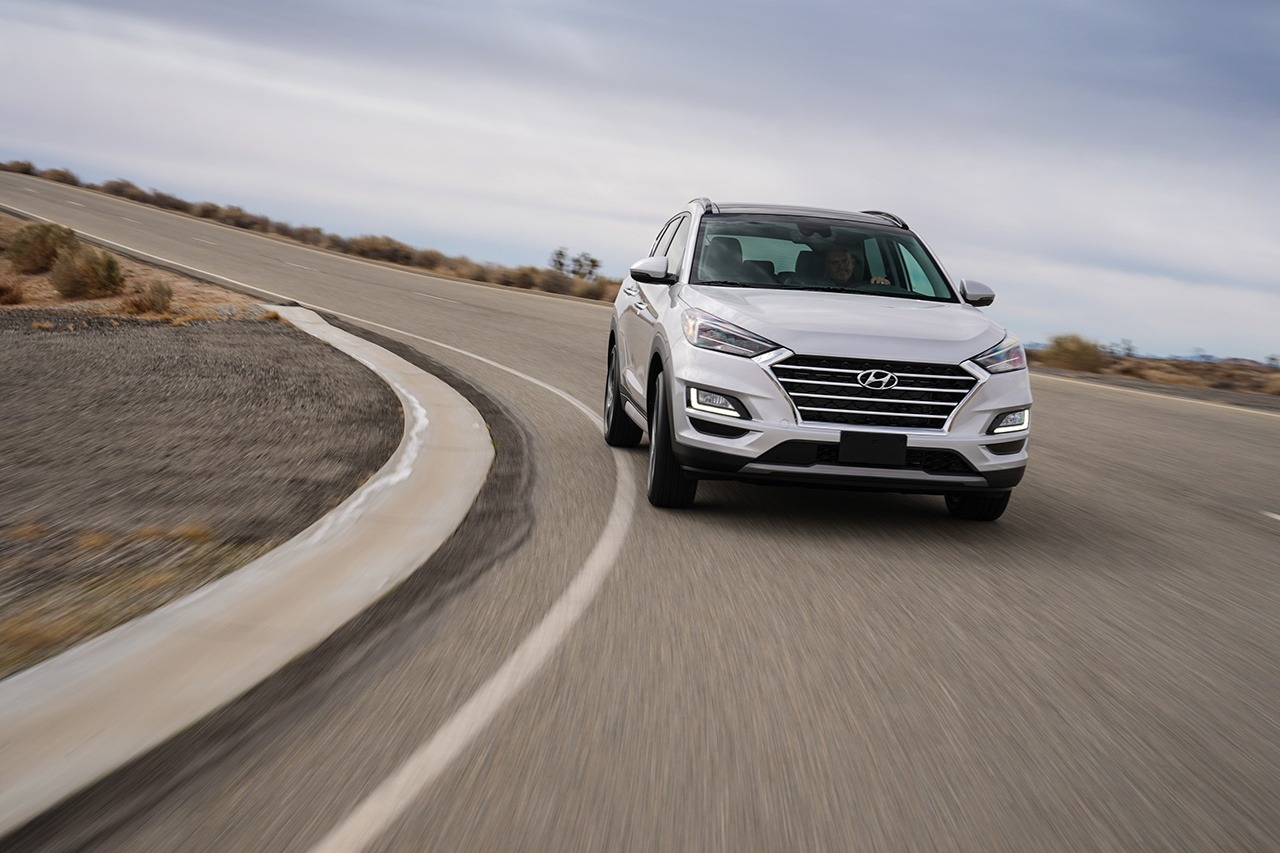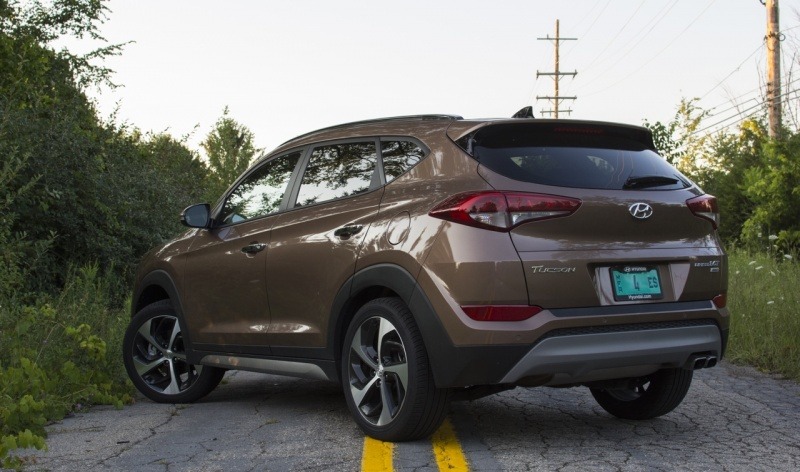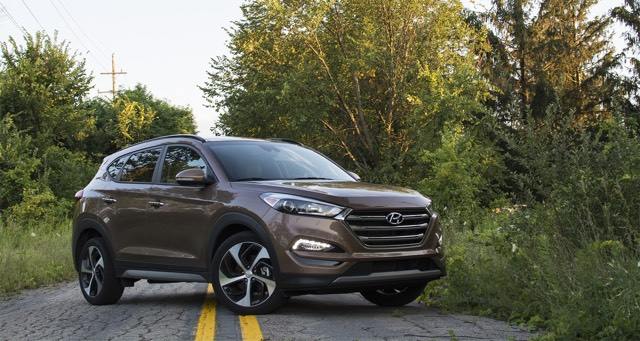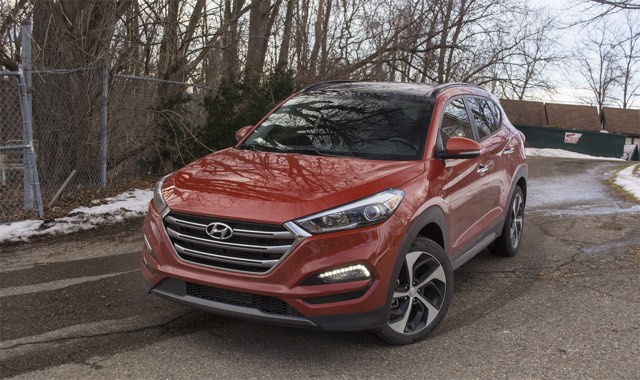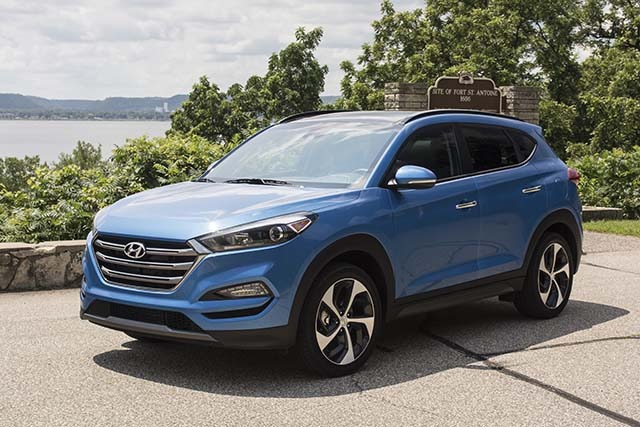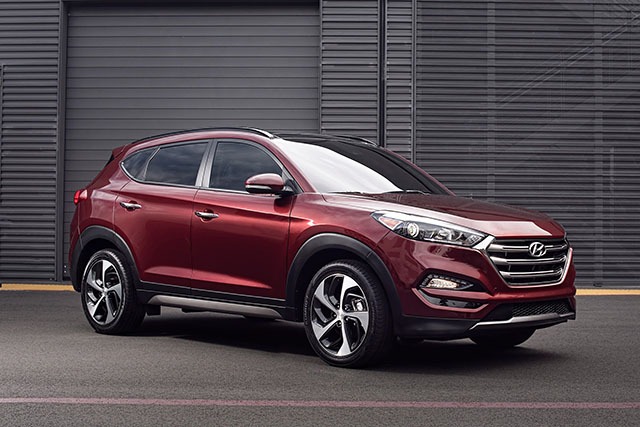Search the Community
Showing results for tags 'tucson'.
-
We've been hearing for some time that Hyundai is planning an N version of the Tucson crossover. Some new details have come to light via a new report from Auto Express. According to sources, Hyundai is planning to launch a Tucson N as a swan song for the current model within the next couple of y...
-
Auto Express had the chance to speak with Byung Kwon Rhim, Hyundai's global head of sales at the reveal of the 2019 Santa Fe last week. The topic of the N performance division came up and Auto Express asked if there are plans for expansion. "Tucson is under development, and other models will co...
-
We had high hopes for the Hyundai Tucson when we did a first drive back in August 2015. But when we did our full review last April, we ended it by saying the model wasn’t “the slam dunk we thought it was.” This was due to some key issues such as a small cargo area, a tough value argument and a dual-...
- 10 replies
-
We had high hopes for the Hyundai Tucson when we did a first drive back in August 2015. But when we did our full review last April, we ended it by saying the model wasn’t “the slam dunk we thought it was.” This was due to some key issues such as a small cargo area, a tough value argument and a dual-...
- 10 comments
-
The Hyundai Tucson has never been a real serious threat in the compact crossover segment. It isn’t that Hyundai wasn’t trying. They offered a lot of equipment at a low price and went with a unique design. But even with these traits, the Tucson wasn’t able to make a sizable dent into the compact cros...
-
- 2016
- 2016 Hyundai Tucson
-
(and 5 more)
Tagged with:
-
The Hyundai Tucson has never been a real serious threat in the compact crossover segment. It isn’t that Hyundai wasn’t trying. They offered a lot of equipment at a low price and went with a unique design. But even with these traits, the Tucson wasn’t able to make a sizable dent into the compact cros...
-
- 2016
- 2016 Hyundai Tucson
-
(and 5 more)
Tagged with:
-
FOUNTAIN VALLEY, Calif., March 1, 2016 /PRNewswire/ -- Hyundai Motor America today reported its best February in company history, selling 53,009 units for the month, up one percent versus the same period last year. "The strong demand for the all-new Tucson continued through the month wi...
-
Americans can’t seem to get enough crossovers. A study done by IHS Automotive showed that one out of every three vehicles sold in the U.S. is a crossover of some various size. Hence why it seems a week doesn’t go by without an announcement of a new crossover from ‘x’ automaker. One area that seems t...
- 7 replies
-
- 2016
- First Drive
-
(and 4 more)
Tagged with:
-
Americans can’t seem to get enough crossovers. A study done by IHS Automotive showed that one out of every three vehicles sold in the U.S. is a crossover of some various size. Hence why it seems a week doesn’t go by without an announcement of a new crossover from ‘x’ automaker. One area that seems t...
- 7 comments
-
- 2016
- First Drive
-
(and 4 more)
Tagged with:
-

New York Auto Show: 2016 Hyundai Tuscon
William Maley posted an article in New York International Auto Show (NYIAS)
The smallest crossover in Hyundai's lineup - the Tucson - has finally gotten some much needed updates. Shown today in New York, the Tucson gets an all new sculpted body that helps it bring it into line with other Hyundai models. The front features a large, hexagonal grille and LED headlights. Aroun...- 2 comments
-
- Hyundai
- Hyundai Tucson
-
(and 3 more)
Tagged with:
-
The smallest crossover in Hyundai's lineup - the Tucson - has finally gotten some much needed updates. Shown today in New York, the Tucson gets an all new sculpted body that helps it bring it into line with other Hyundai models. The front features a large, hexagonal grille and LED headlights. Aroun...
- 2 replies
-
- Hyundai
- Hyundai Tucson
-
(and 3 more)
Tagged with:
-
G. David Felt Alternative Fuels & Propulsion writer www.CheersandGears.com Tucson Fuel Cell Leases Start! Hyundai started today leasing the Tucson Fuel Cell CUV in California. These leases include fuel and maintenance for 36 months. The first one rolled off the lot according to Hyundai t...
- 1 reply
-
- california
- fuel cell
-
(and 3 more)
Tagged with:


